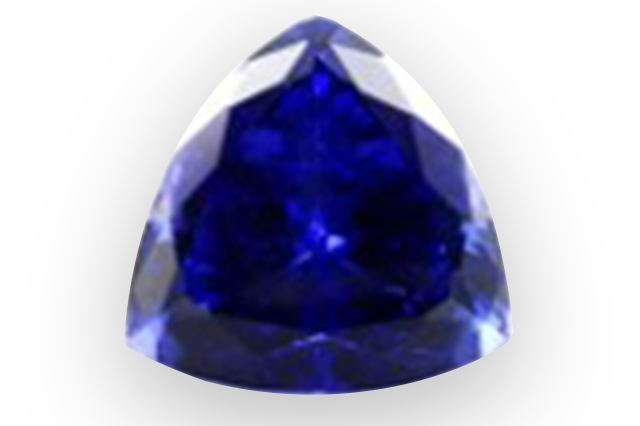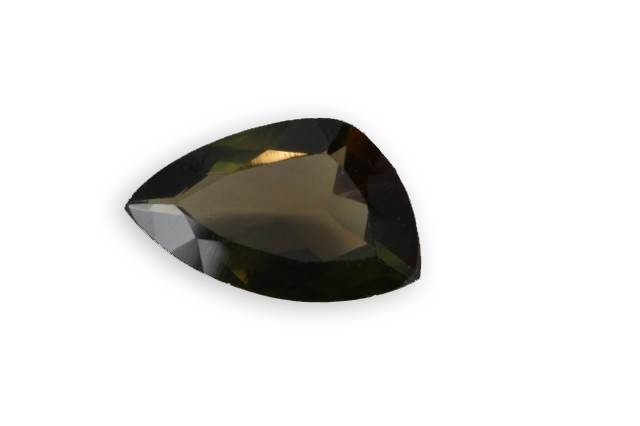
triphylite
Its name comes from the Greek “tria” for 3 and “phylon” family to signify that it contains three cations because it was believed that it contained lithium, magnesium and iron.
Je vous emmène à travers mes vidéos découvrir mon expérience acquise depuis plus de 30 ans a silloner le globe entier à la recherche de pierres précieuses, de rencontre mémorables mais aussi de difficulté parfois …

Its name comes from the Greek “tria” for 3 and “phylon” family to signify that it contains three cations because it was believed that it contained lithium, magnesium and iron.
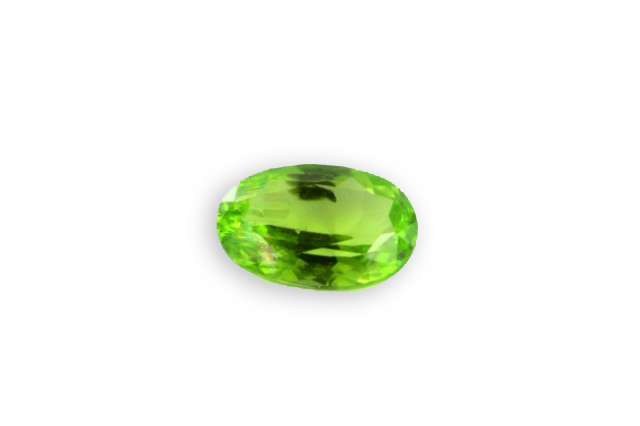
She was named in 1789 by the mineralogist J.G.A. Höpfner in relation to its supposed place of discovery: the Val Tremola in the St. Gotthard massif in Switzerland, but the sample was from another valley … Campolungo. Chemically very close to actinolite (tremolite does not
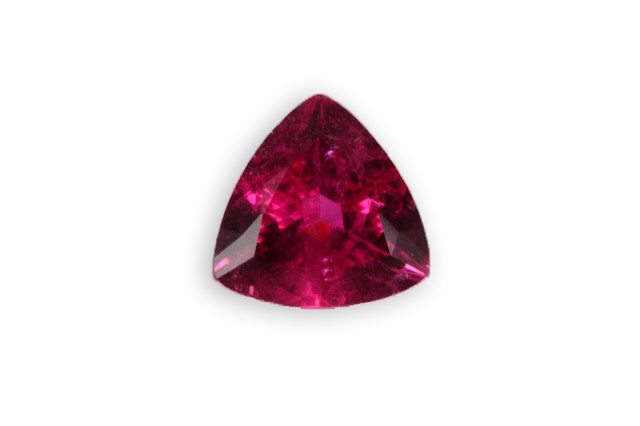
Its name comes from Sri Lanka, Ceylon, where it was called “tourmali” or “torra molli”, stone attracting ashes, it is considered as a colored zircon. It was not until 1703 that the Dutch brought it to Europe. It was identified by Buffon in 1759. It
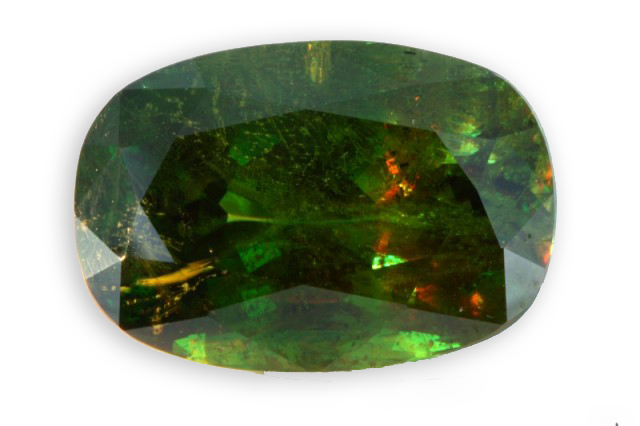
Identified in 1795, its name expresses its high content of titanium. It has long been known as sphene, which came from the Greek “sphenos” for corner, which described very well the shape of its wedge-shaped crystals. Brookite, of the same composition, crystallizes in another crystal
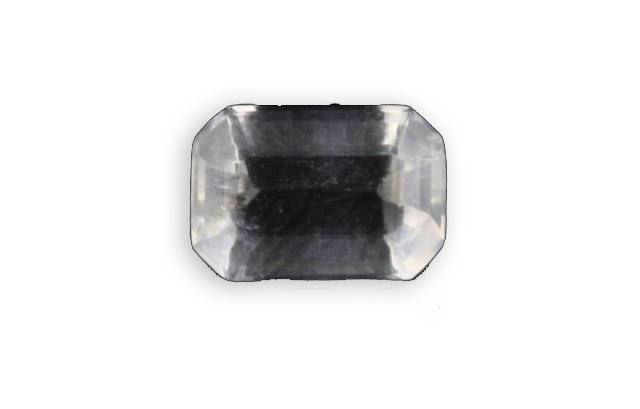
Discovered in Sweden in 1878, its name comes from the Greek “thaumasion” which means surprising, in relation to its amazing chemical composition.
